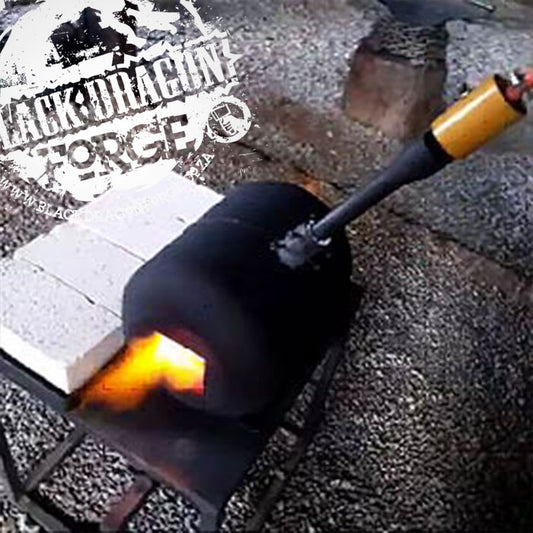
Gyuto vs. Chef's Knife: Choosing the Right Blade for Your Kitchen
Neels Van Den BergIntroduction
In the world of culinary arts, the choice of knives is as critical as the ingredients themselves. Two prominent players in the knife realm are the Japanese Gyuto knife and the European-style chef's knife. While both are essential tools for any chef or home cook, they possess distinct characteristics that make them suitable for different tasks. In this article, we'll embark on a culinary journey to explore the differences between Gyuto and chef's knives, helping you make an informed decision about which one belongs in your kitchen.
The Anatomy of a Gyuto Knife
A Gyuto knife is the epitome of precision. This Japanese knife features a slender, double-edged blade with a pointed tip. Its blade is typically crafted from high-carbon stainless steel or high-carbon steel, allowing for unparalleled sharpness and edge retention. Gyuto knives are known for their acute edge angles, often around 15 degrees on each side, which make them excellent slicers.
The European-Style Chef's Knife
On the other side of the culinary spectrum, we have the European-style chef's knife. This knife boasts a wider, more curved blade, making it ideal for rocking motions during chopping. European chef's knives are usually made from stainless steel, offering durability and resistance to staining and corrosion. They have a wider edge angle, typically around 20-25 degrees on each side, which gives them the upper hand in heavy-duty tasks.
Comparing the Handling
One noticeable difference lies in how these knives feel in your hand. Gyuto knives are lighter and are often more balanced toward the blade's center. This balance offers precise control and reduces hand fatigue during extended use. In contrast, European chef's knives tend to be heavier and have a handle-heavy balance, providing more force for tasks that require it.
The Blade's Purpose
Your choice of knife should align with your cooking style. If you're passionate about sushi, sashimi, or tasks that demand delicate slicing, the Gyuto knife is your loyal companion. Its razor-sharp edge and pointed tip make it perfect for intricate cuts and precision work.
Conversely, if you find yourself tackling more robust tasks like butchering meat or smashing garlic, the European-style chef's knife takes the lead. Its sturdier build and wider blade can handle these challenges with ease.
Maintenance Matters
Maintaining your knife is as important as choosing the right one. Gyuto knives, being harder, require careful handling to avoid chipping. They need regular sharpening to maintain their keen edge. European chef's knives, although less prone to chipping, may need more frequent sharpening due to their softer steel.
Conclusion
In the world of culinary knives, the Gyuto and the European-style chef's knife each have their unique strengths and purposes. Choosing between them depends on your cooking preferences and the tasks you frequently tackle in the kitchen. Whether you opt for the precision of the Gyuto or the versatility of the chef's knife, remember that a well-maintained knife is a chef's best friend. Your culinary creations will thank you for the choice you make.
Frequently Asked Questions (FAQs)
1. Can I use a Gyuto knife for all my kitchen tasks?
- While Gyuto knives are versatile, they excel at precision tasks like slicing and dicing. For heavier-duty jobs like chopping through bones, a European-style chef's knife may be a better choice.
2. Which knife is easier to sharpen at home?
- European-style chef's knives are generally easier to sharpen for beginners due to their wider edge angle and softer steel. Gyuto knives, with their thinner edges, require more skill and care.
3. Are there any hybrid knives that combine the features of both Gyuto and chef's knives?
- Yes, some knives are designed to bridge the gap between the two styles. These hybrid knives aim to offer the best of both worlds, but they may come at a higher price point.
4. What's the ideal length for a Gyuto or chef's knife?
- The ideal length varies depending on your comfort and the tasks you perform. Gyuto knives often range from 8 to 10 inches, while chef's knives typically range from 6 to 12 inches.
5. Should I invest in expensive knives, or are budget options sufficient?
- The choice between expensive and budget knives ultimately depends on your budget and how often you cook. High-quality knives can be a worthwhile investment for serious cooks, but there are also budget-friendly options that offer decent performance.








